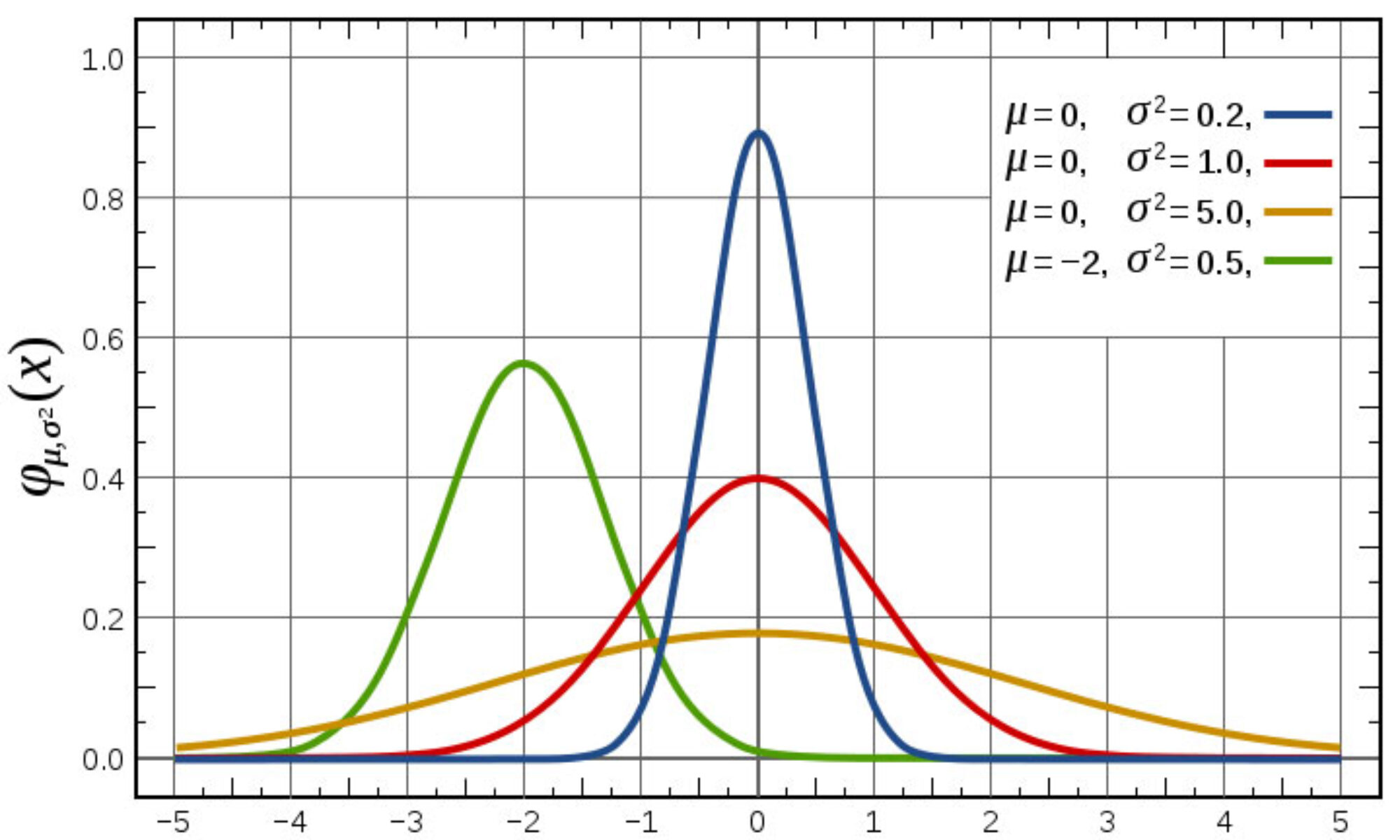The adverse selection problem (also known as the “hidden information” problem) is especially easy to grasp in an insurance market setting; if you are an insurer, you need to be concerned that the worst potential risks may be those wishing to purchase insurance. However, it is important to note that adverse selection also occurs in many other market settings. Adverse selection occurs whenever one party has superior information compared with his or her counterparty. When this occurs, there is a risk that the more informed party may take advantage of the other, less informed party.
In an insurance setting, adverse selection is an issue whenever insurers know less about the actual risk characteristics of a potential client than the client herself. Banks have limited information about their potential clients’ willingness and ability to pay back their loan commitments in lending markets. In the used car market, the used car seller has more information about the car for sale than potential buyers. In the labor market, employers typically know less than the worker does about his or her abilities. In product markets, the product’s manufacturer often knows more about product failure rates than the consumer, and so forth…
If left unchecked, adverse selection can undermine the ability of firms and consumers to enter into contractual relationships and, in extreme cases, may even give rise to so-called market failures. For example, since the seller has more information than the buyer about the vehicle’s condition in the used car market, the buyer cannot help but be suspicious about product quality. Thus, she may not be willing to pay as much for the car as it is worth (assuming it is not a “lemon”). Similarly, insurers may be reticent about selling policies to bad risks, banks may be worried about loaning money to poor credit risks, employers may be concerned about hiring poor-quality workers, consumers may be worried about buying poor-quality products, and so on…
Several strategies exist for mitigating adverse selection. In financial services markets, risk classification represents an important strategy. Insurers and banks want to know your credit score because consumers with bad credit often lack the willingness and ability to pay their debts and have more accidents on average than consumers with good credit. Signaling is used in various settings; for example, one solution to the “lemons” problem in the market for used cars is for the seller to “signal” by providing credible third-party certification; e.g., by paying for Carfax reports or relying on vehicle inspections by an independent third-party intermediary such as Carmax. Students “signal” their quality by selecting a high-quality university (e.g., Baylor! :-)). Here, the university provides potential employers with credible third-party certification concerning the quality of human capital. In product markets, if a manufacturer provides a long-term warranty, this may signal that quality is better than average.
Sometimes, mitigating fully adverse selection via the methods described above is impossible. Thus, insurers commonly employ pricing and contract design strategies that financially reward policyholders for revealing their true risk characteristics according to their contract choices; i.e., they voluntarily reveal their preferences. Thus, we get what’s commonly referred to as a “separating” (Rothschild-Stiglitz) equilibrium in which high-risk insureds select full coverage “high-risk” contracts whereas low-risk insureds select partial coverage “low-risk” contracts:

The Rothschild-Stiglitz equilibrium cleverly restricts the menu of choices in such a way that the insurer induces self-selection; i.e., low-risk insureds select the (low-risk and profitable) partial coverage contract designed with them in mind, and the high-risk insureds select the (high-risk and profitable) full coverage contract designed for them. Here, the insurer offers contract L, which involves partial coverage at an actuarially fair price (based on the loss probability of the low-risk insured), and contract H, which provides full coverage at an actuarially fair price (based on the loss probability of the high risk insured). The indifference curve slopes are steeper for the low-risk insureds than they are for the high-risk insureds. Here, the high-risk policyholder optimally chooses contract H, and the low-risk policyholder optimally chooses contract L. The high-risk policyholder prefers H to L because L would represent a point of intersection with a marginally lower indifference curve (here, the Ih curve lies slightly above contract L, which implies that contract H provides the high-risk policyholder with higher expected utility than contract L). The low-risk policyholder prefers L to H, even though L only provides partial coverage. Thus, one inefficiency related to adverse selection is that insurance opportunities available to low-risk policyholders are limited compared with the world where there is no adverse selection.
This model has very practical implications. If you are a good risk, then you owe it to yourself to select high-deductible insurance since insurers price low-deductible insurance, expecting high-risk policyholders will be the primary purchasers of such coverage (and therefore, low-deductible policies will be more costly per dollar of coverage than high-deductible policies).




